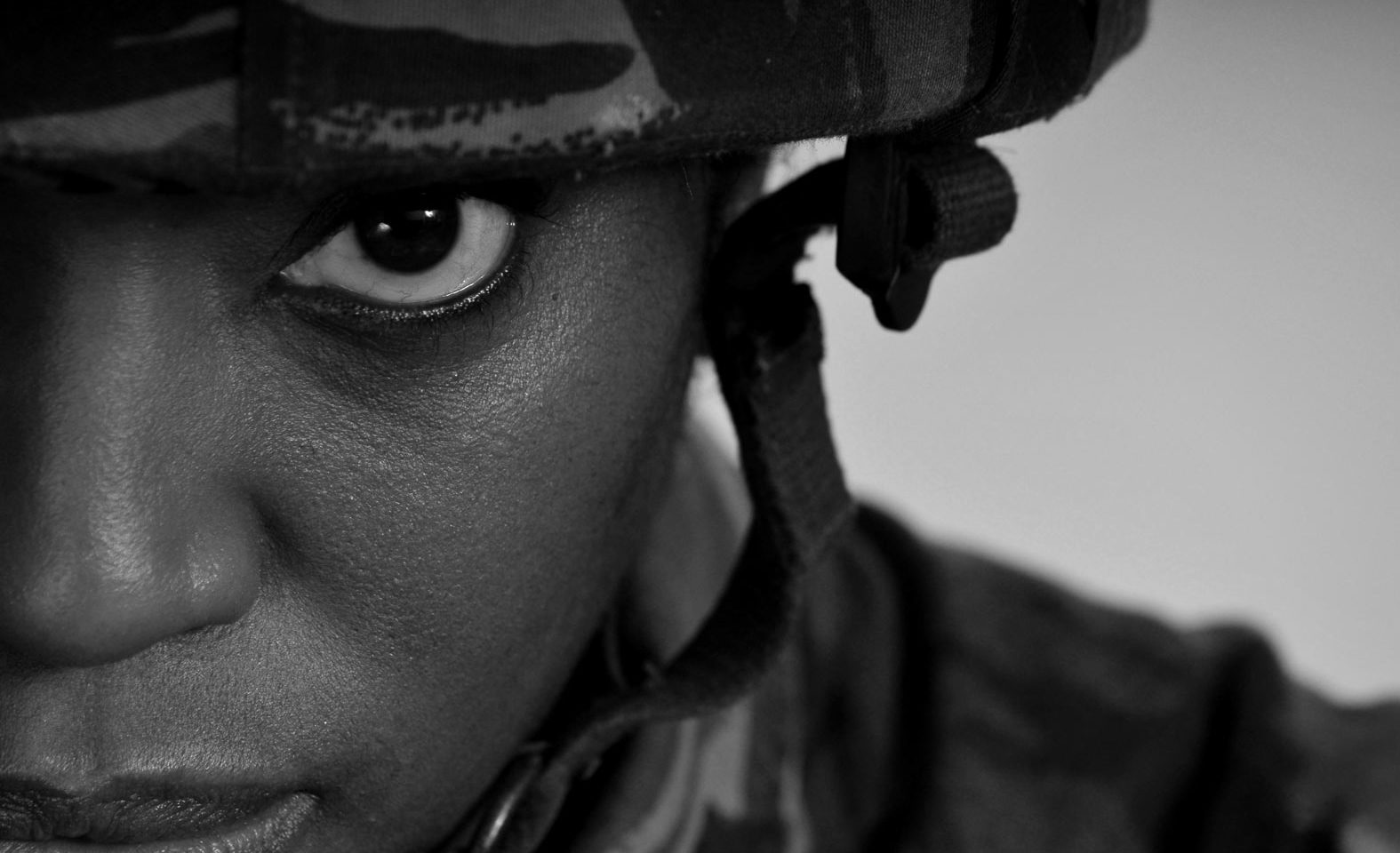Captain Cherissa Jackson was on her job as a military nurse in Afghanistan when the siren suddenly blared over the loudspeakers.
“Alarm red,” a female voice said, echoing throughout the U.S. Air Force medical base in Kandahar. “Alarm red, alarm red. Take cover.”
Immediately, Cherissa and her colleagues hit the floor. As insurgent rockets sped toward their tented trauma center—part of a mobile combat hospital—the medical team scrambled, on all fours, toward the exits.
They managed to make it to a concrete bunker before Cherissa heard the sound: Rockets were skidding down the air force runway nearby. Others screamed overhead. Cherissa closed her eyes and hoped for the best.
“It was total silence in the bunker,” she said. “Just noise outside that you would not want to hear in your life.”
Eventually, the same voice came over the loudspeaker: “All clear. All clear.” The bombs had missed them.
The night before, they hadn’t been so lucky: An insurgent bomb had actually hit the generator behind the medical tent, leaving one person with a serious head wound.
Cherissa wondered when the next attack would come. “We could see the mountains from the base where the Afghanis hid out and shot the rockets. It was definite fear,” she said.
Post-traumatic Stress: The Aftermath
No other attacks came while Cherissa was deployed, and she went home in 2011, working at Walter Reed National Military Medical Center in Maryland. She focused her efforts on raising her twin 17-year-old daughters.
Eventually, her daughters left for college, and Cherissa was alone in her house. And that’s when the memories started surging back … in detail.
The rockets and sirens. The burn victims groaning and babies crying. The whap-whap-whap of Chinooks bringing patients from the battlefield. The screeching sound of medical saws cutting through limbs. The smell of acrid smoke.
Cherissa had done four tours of duty—three at combat hospitals in Iraq and Afghanistan. She had plenty of memories to haunt her.
“I would have flashbacks almost every night,” she said. “Flashbacks of the war. They were like mini-movies. I would have one, try to go to sleep, have another one, and think I was dreaming. That was my night. After so many days, I would crash. And just sleep for hours.”
Cherissa also became somewhat of a hermit, rarely leaving her house. It crossed her mind that she had post-traumatic stress disorder (PTSD), but Cherissa didn’t want to get help, at first.
“I didn’t want my supervisors thinking I couldn’t deal with it,” she said. “I didn’t want the stigma of PTSD.”
Finally, after an especially bad flashback one day, Cherissa made an appointment with a psychiatrist. He confirmed that her symptoms were classic signs of PTSD, and, with her consent, put her on medication.
A New Path Forward
At her psychiatrist’s suggestion, Cherissa also got out of the house more often and formed friendships with her neighbors. She also increased her exercise and found that weight lifting and running brought great calm to her body and mind.
“It helped me shed PTSD like other people shed pounds,” said Cherissa, who eventually was able to get off her anxiety medication.
She also began volunteering with the Veterans Affairs system. Now, at 46, Cherissa counsels veterans about how exercise and other forms of treatment can help them push through their PTSD. She also offers seminars on PTSD to community groups.
Cherissa also has launched PTSFaces.TV, an online channel devoted to treatment options for veterans with PTSD. For these efforts, she was named one of the 2016 Top 100 Women in Maryland, a prestigious award given by the Daily Record, a Maryland newspaper.
The channel was named after a subject she talks about in her seminars: “I tell people that PTSD has many faces,” she said. “Your symptoms don’t have to be as severe as someone else’s symptoms in order for you to have PTSD.”
“I’ve seen cases of sexual assault and battered women who have symptoms of PTSD. So, don’t underestimate what you’re going through.”
Conquering The Enemy Every Day
Cherissa still struggles with PTSD but has found ways around it. Besides exercise, she makes daily to-do lists and concentrates on her tasks.
[blockquote background=”AC2376″] “If I let my symptoms take over, or let myself get isolated, then yeah, I would say that PTSD could beat my butt. But I’m just not one of those people allowing it to happen.”
“If I let my symptoms take over, or let myself get isolated, then yeah, I would say that PTSD could beat my butt. But I’m just not one of those people allowing it to happen.”
—Cherissa Jackson, U.S. military veteran and PTSD survivor[/blockquote]
For all of her work helping PTSD survivors, Cherissa received an award from SHEROES United, an organization dedicated to ending domestic abuse and human trafficking, and to honoring and assisting veterans with PTSD.
Cherissa says she’s honored and determined to continue her projects. “I have too many people I want to help, and to much to do, to quit,” she said.
Her book “At Peace Not In Pieces: Powering Through My Pain” was released in October 2016.
Is there a person in your life with PTSD? Share this story with them. It might give them a boost of hope and inspiration.


